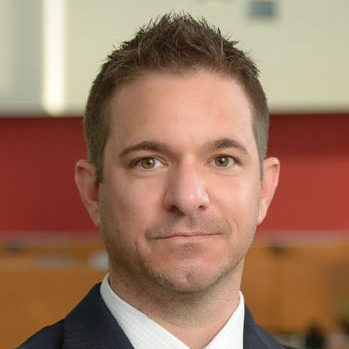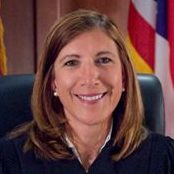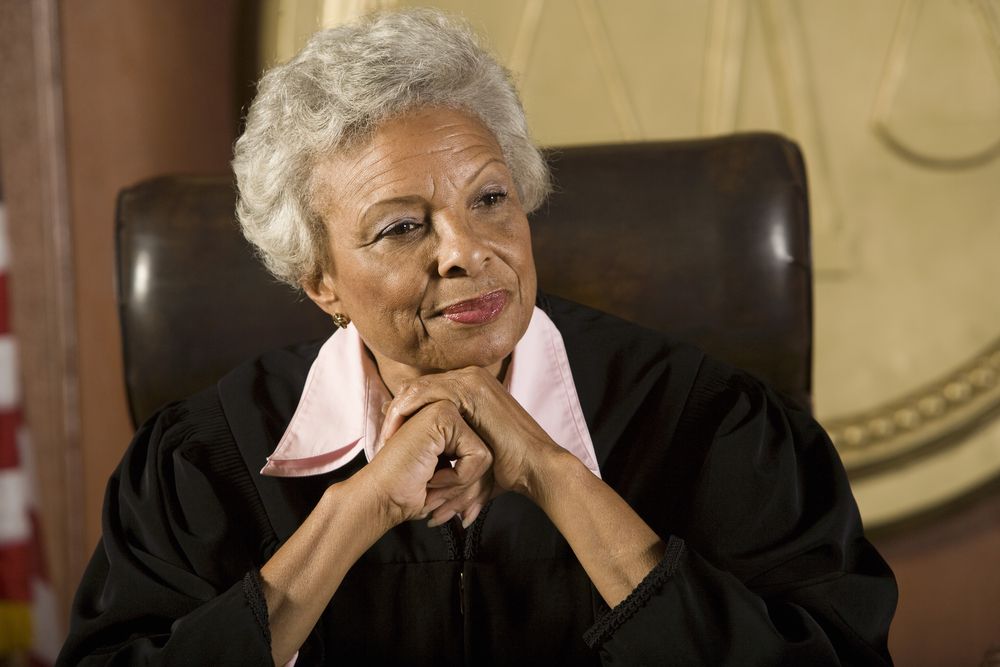Commercial sexual exploitation of children (CSEC) has recently received much needed attention, but is by no means a new issue. Researchers have tried to approximate the scope of the problem, but it has proven extremely difficult to produce an accurate estimate of children who are victims of or at risk for CSEC in the U.S. State-level prevalence rates are equally difficult to produce, but a recent report estimated that more than 1,000 U.S.-born minors are sex trafficked in Ohio annually and thousands more are at risk for victimization.

Jeff Kretschmar
CSEC victims experience a host of negative consequences associated with their exploitation. Researchers have found that trafficked persons are at increased risk for physical and mental health problems, particularly as they relate to trauma, as well as substance use issues. CSEC has been found to compromise proper developmental growth as well as negatively impact future attachments. For victims, trusting others can be difficult or impossible, and social isolation is a risk. CSEC victims also often face legal consequences for their “involvement,” which may be particularly true for undocumented victims.
Ohio’s Safe Harbor law was enacted in 2012 to help juvenile victims overcome their exploitation and trauma rather than punish them for it. Under Ohio Revised Code § 2152.021(F), youth who are charged with solicitation, prostitution or loitering to engage in solicitation qualify to pursue Safe Harbor. Additionally, any child the court has reason to believe is a CSEC victim and whose charge is related to his/her victimization is eligible to pursue Safe Harbor. While the statute provides for supervision, services and placement for qualifying youth, it does not create those opportunities or provide funding.
Court supports, empowers youth
The prevalence of, lack of services and funding for, and the associated negative consequences of CSEC prompted Summit County Juvenile Court (SCJC) to create Restore Court, the first and only certified juvenile human trafficking docket in Ohio. The mission of Restore is to empower youth involved with or at risk of human trafficking to achieve successful lives by providing appropriate support. Restore is a strength-based and participant (victim)-centered approach to serving court-involved CSEC victims up to 18 years old.
Restore has been operational since 2015 and received Ohio Supreme Court certification in 2017. One of the biggest benefits of state certification is that the judge can become part of the treatment team and receive valuable input to help guide their interaction with the participants.

Judge Linda Tucci Teodosio
While Restore is court-based, several other stakeholders are critical to its operation. SCJC Judge Linda Tucci Teodosio, who presides over the docket and makes final decisions on participant admission into Restore, chairs the team. Other members include the Summit County prosecutor, local defense counsel, Restore supervisor, coordinator and assistant coordinator, various court workers (probation, intake officer and/or detention social worker), Children Services caseworker, guardian ad litem, representatives from a local youth mentoring agency and several area treatment provider staff. Team meetings are held weekly, designed to discuss potential participation, provide updates on current participants and discuss moving youth through docket phases.
Youth and families who participate in Restore are provided with a wide range of services as they work through the three phases of the program: engagement, growth and development and empowerment. Local behavioral health providers immediately begin assessing treatment needs and providing appropriate trauma-informed services. In addition to more traditional treatment models like Trauma Focused Cognitive Behavioral Therapy (TF-CBT), we refer youth to expressive therapies, including art, dance, music and trauma-sensitive yoga.
The Restore coordinators provide necessary case management, including linkage to a local mentoring agency that provides their services specifically to CSEC victims and those at risk. Legal representation is provided through a contract with a local defense attorney who participates in treatment team/review hearings and receives much of the human trafficking-related trainings as other team members. If participants have been removed from the home by local Children Services, a guardian ad litem from the SCJC CASA (court-appointed special advocate) program assigned to the treatment team also assists the youth with living arrangements. Probation staff often help the youth and family maintain progress toward educational and employment goals.
Restore youth are required to submit random drug screens to monitor sobriety. Program components include house arrest, including the use of electronic monitors, and close monitoring of school attendance. The core of the program is providing youth with ongoing unconditional support, holding youth accountable for their choices and building self-esteem and community supports that will continue after program completion.
Improvement despite relapses
The reality is many youth experience relapses during Restore, including becoming AWOL, using substances or even being charged with new crimes. However, over the course of their participation, most Restore participants show significant improvement in mental health and substance use, staying at home and attending school.
Since 2015, Restore has served more than 100 youth and families. The ages of the children ranged from 12 to 18, and nearly all the youth served have been female. The most common classes of behavioral health diagnoses included disruptive or impulse control disorders, substance use disorders, trauma-related disorders and depressive disorders. More than three-quarters of youth had previous contact with child protective services and more than 40 percent were previously removed from their homes.
During participation, youth complete the Adverse Childhood Experiences (ACE) survey. The average ACE score was more than four. More than 70 percent of youth reported that they witnessed domestic violence and were neglected, while more than half of participants reported sexual abuse. On the Trauma Symptom Checklist for Children, more than 80 percent of youth reported remembering things they did not want to remember, more than 40 percent believed someone would kill them and nearly 30 percent reported wanting to kill themselves.
One clear outcome from the ongoing evaluation is the importance of mentoring. Mentors receive specialized training in human trafficking and related best practices. While all youth are referred to the mentoring agency, some youth do not engage in those services. An examination of the mentoring data indicated that the amount of mentoring received impacted success. Nearly 80 percent of youth who received 20 or more hours of mentoring completed the program successfully, while 30 percent of youth who received fewer than 20 hours of mentoring completed successfully.
One of the main challenges we experience with Restore relates to screening. Screening youth for human trafficking risk or experience is not straightforward, as very few youth admit to being CSEC victims. Many do not realize what they may have experienced is CSEC. Initially, Restore utilized a CSEC screening tool; however, in conversations with Shared Hope International, decided to forego the screener in favor of enhanced training for court staff on the signs and symptoms of CSEC. Now, staff utilize semi-structured interviews to identify potential CSEC youth.
Working with these youth has proven to be equal parts rewarding and challenging. We are constantly discovering better ways to serve youth and families. We quickly became aware of the many ways this work can affect the staff, and encourage taking time for self-care. Juvenile human trafficking is not going away any time soon, but we will continue to work hard every day to provide the best care to those impacted by it.
Jeff Kretschmar, Ph.D., is the managing director of the Begun Center for Violence Prevention Research and Education at Case Western Reserve University in Cleveland.
Linda Tucci Teodosio is the juvenile court judge for the Summit County Juvenile Court in Akron, Ohio.

Pingback: Begun Center’s Jeff Kretschmar co-authors article on Summit County Juvenile Court's Restore Court